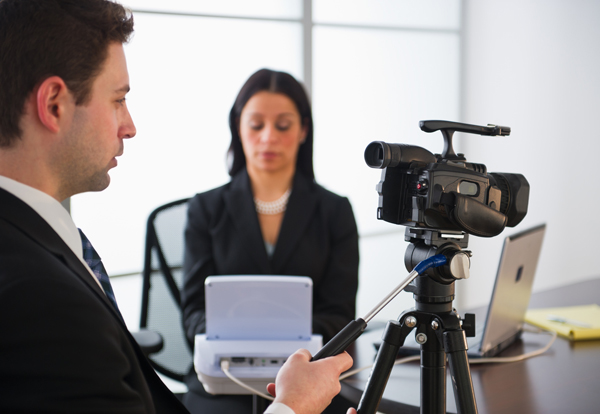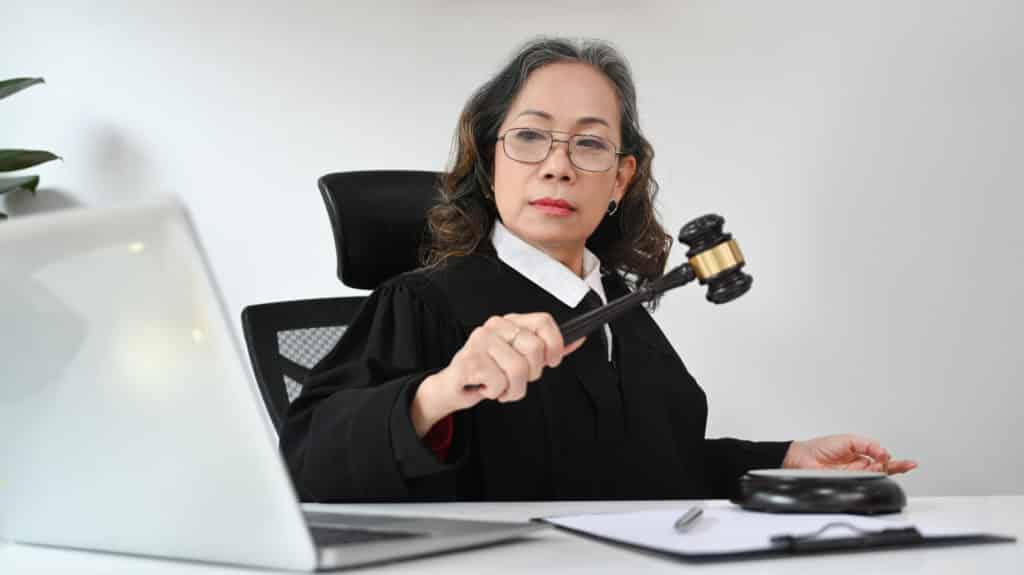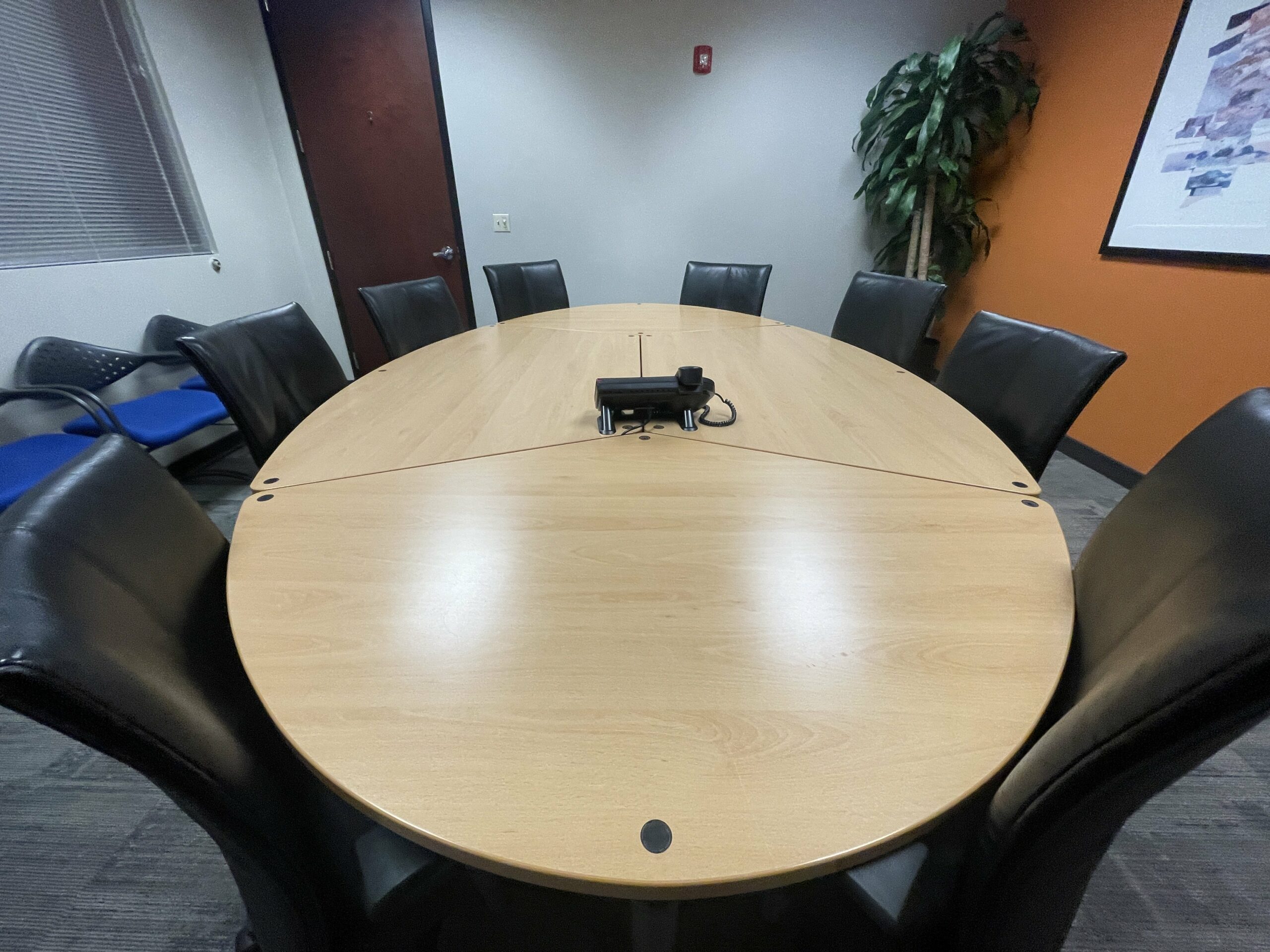The Significance of Legal Videography in Court Presentations
Lawful videography has actually emerged as an essential tool in court presentations, giving a multidimensional point of view on witness statements that transcends mere records. As we discover the various facets of lawful videography, including its advantages and ideal practices, it comes to be evident that its effect on the judicial procedure warrants a better assessment.

Comprehending Lawful Videography
How does lawful videography enhance courtroom discussions? Lawful videography is a specialized field that captures visual and audio recordings of court proceedings, depositions, and witness statements.
The procedure involves using high-quality video tools and professional strategies to make sure clearness and integrity. Legal videographers are educated to recognize court procedures and the legal relevance of the recordings they create. This competence makes sure that the last product sticks to legal standards and can be reliably utilized as evidence.
Additionally, lawful videography acts as a vital device for appellate cases, where examining the initial statement is vital. The ability to take another look at witness declarations in their original context aids in understanding nuances that may be lost in created transcriptions (legal videography). In recap, lawful videography improves court room discussions by giving a thorough, precise, and appealing approach of recording and offering evidence, ultimately adding to a more enlightened judicial process
Benefits for Lawyers
Lawful videography offers significant benefits for lawyers, boosting their capacity to present instances successfully. One of the main benefits is the capability to record witness testimonies and depositions with precision, making certain that the nuances of spoken and non-verbal communication are protected. This allows lawyers to offer a compelling narrative that mirrors the reliability and emotions of witnesses.

In addition, the expert high quality of legal video can boost a lawyer's reliability. A well-produced video demonstrates thorough prep work and focus to information, which can favorably affect the perception of both the lawyer and their case. Moreover, the use of lawful videography can speed up test procedures, as it enables quicker reference to taped testaments, lowering the demand for prolonged reading of records.
Enhancing Jury Engagement
Enhancing court involvement with the use of lawful videography can considerably influence the performance of court presentations. In an environment where jurors are tasked with taking in complicated info, visual help can act as an effective tool to maintain focus and promote understanding. Lawful videography changes conventional evidence right into vibrant aesthetic stories, enabling jurors to attach mentally and cognitively with the product presented.
The incorporation of video clip proof can clarify elaborate information that might be tough to communicate via verbal testimony alone. By offering an aesthetic representation of events, the jury can extra easily realize the context and subtleties of the instance, bring about notified visit the site considerations. Furthermore, legal videography can evoke a sense of realistic look, producing a stronger connection with the facts and promoting compassion for the individuals entailed.
Effective legal videography additionally fits varied discovering styles within a jury, enhancing retention of the info provided (legal videography). By interesting both auditory and visual learners, lawyers can guarantee that their debates reverberate with a wider target market. Eventually, the tactical use legal videography not just captures jurors' focus yet also boosts their total comprehension, causing more equitable decisions
Kinds of Legal Video Clip Evidence
The assimilation of videography in court presentations includes numerous kinds of legal video clip proof, each serving distinctive functions in the pursuit of justice. One prominent classification is deposition video clips, which capture witness statements in a regulated atmosphere, making certain that essential info is preserved and offered properly throughout trials. These recordings allow jurors to observe the demeanor and trustworthiness of witnesses, improving their understanding of the statement.
An additional considerable type is security footage, which can give essential context in criminal situations. This video clip proof often aids establish timelines, areas, and activities of people involved in an occurrence, thereby assisting the jury in developing an extensive image of the occasions.
Demonstrative evidence in video style is also vital, as it can show complex concepts or recreate accident scenes. Such videos aid jurors imagine situations that are otherwise tough to comprehend via verbal explanations alone.
Finally, proof from body-worn cameras used by legislation enforcement can provide an unfiltered sight of communications during vital occurrences, adding to transparency and liability. Each of these video clip types plays a crucial role in the court, improving the total presentation of proof and supporting a reasonable judicial procedure.

Finest Practices for Implementation
Exactly how can attorneys successfully integrate videography right into their court presentations? To attain ideal results, several best practices should be complied with. First, it is crucial to pick seasoned videographers that recognize the legal context and can ensure that all recordings abide by relevant regulations. This knowledge guarantees that the video is both high-grade and permissible in court.
Next, professionals need to intend the videography beforehand, identifying crucial moments and testaments that will certainly enhance their case. This calculated strategy permits focused web content that resonates with the jury. Organizing the video clips right into coherent segments customized to the check this court's modern technology will help with seamless integration throughout presentations.

Furthermore, lawful groups ought to rehearse just how to provide the video clip evidence successfully, ensuring that all participants are familiar with the web content and the innovation being used. This prep work lessens interruptions and optimizes effect. Finally, preserving a clear story and linking the video clip evidence to the overarching instance style will certainly reinforce the debates being made.
Conclusion
Finally, this link legal videography substantially enhances court room discussions by supplying an extensive and interesting medium for witness testimonies. Its capacity to catch both verbal and non-verbal hints help in the quality and efficiency of proof, ultimately sustaining fairer judgments. By adhering to well established methods and using ideal practices, legal videography offers as a vital device for lawyers, promoting greater court engagement and understanding of intricate information within the legal procedure.